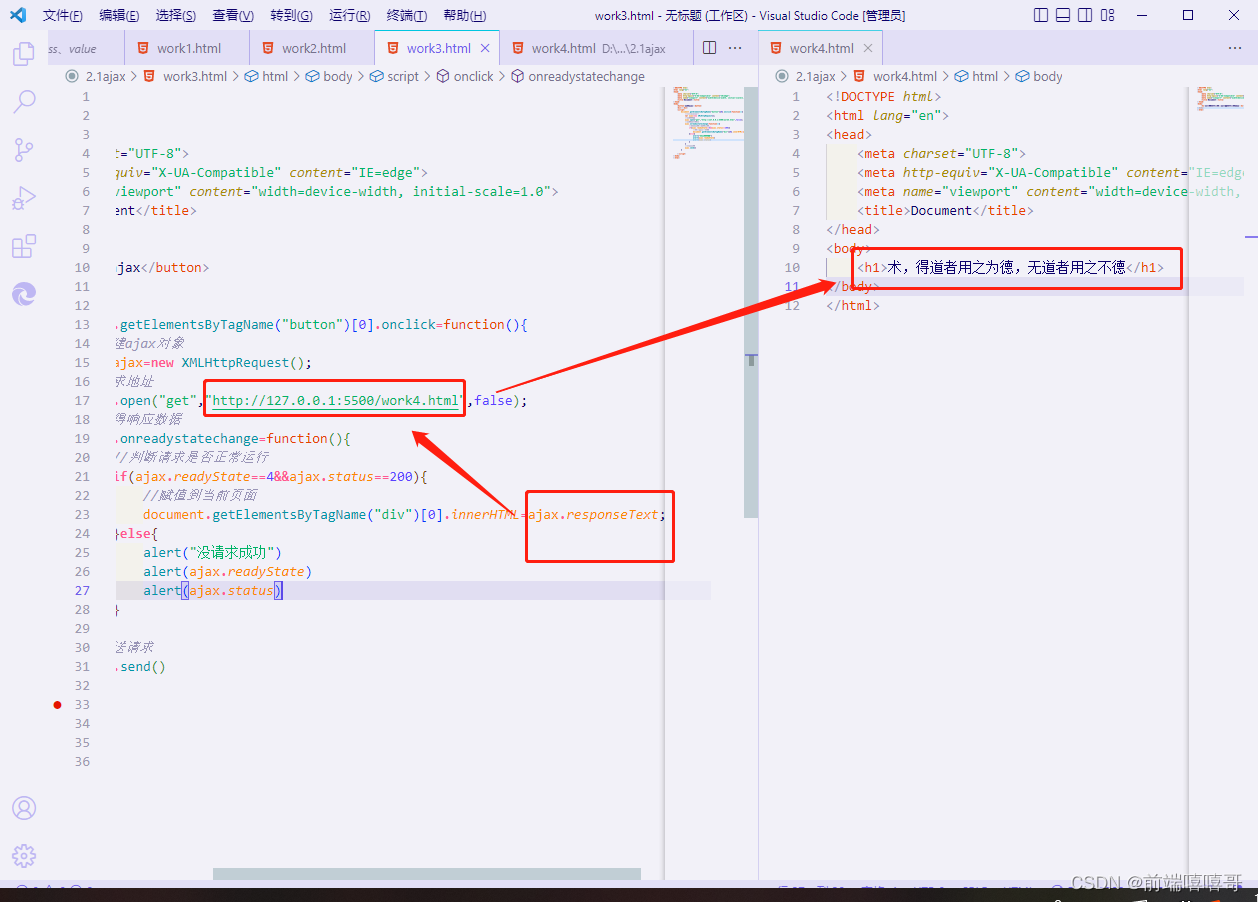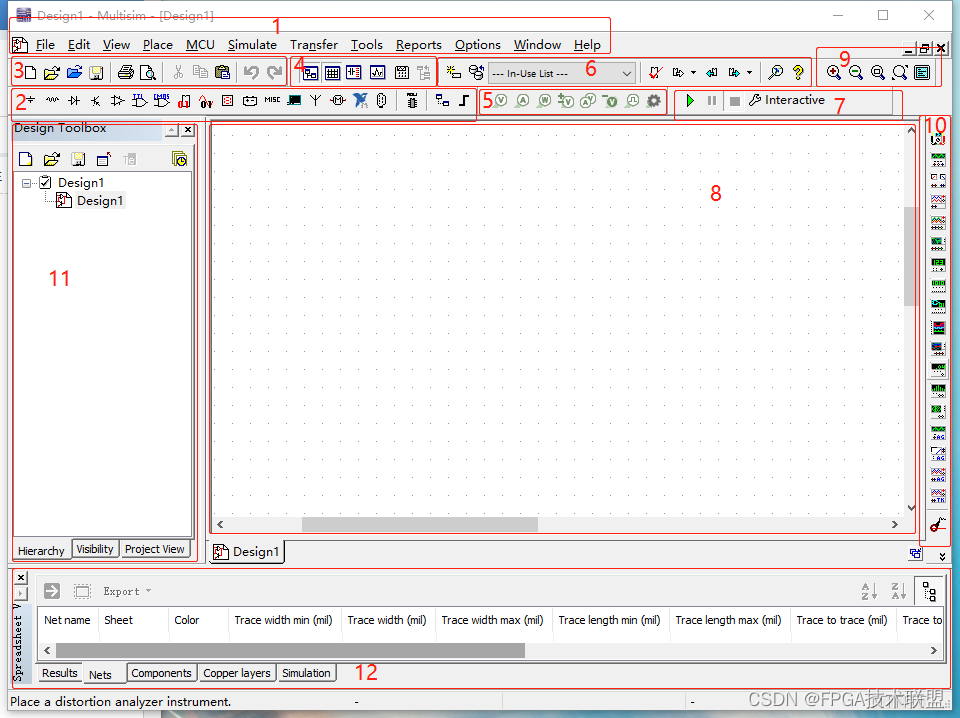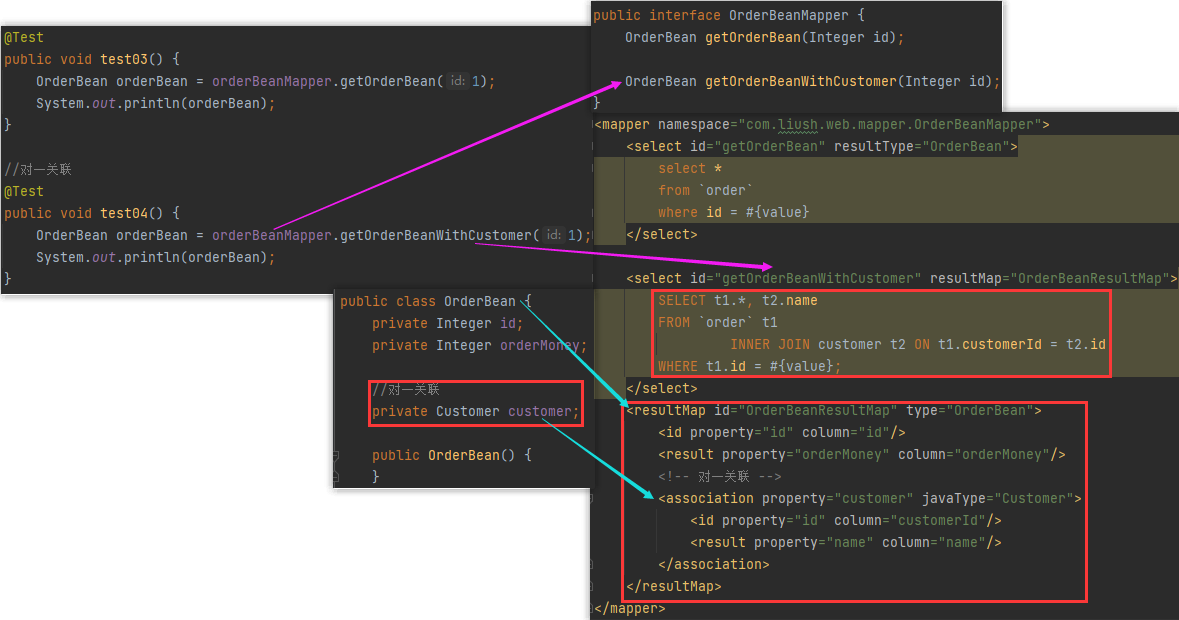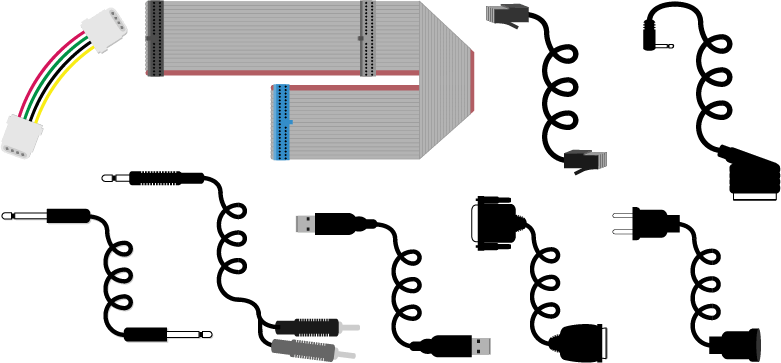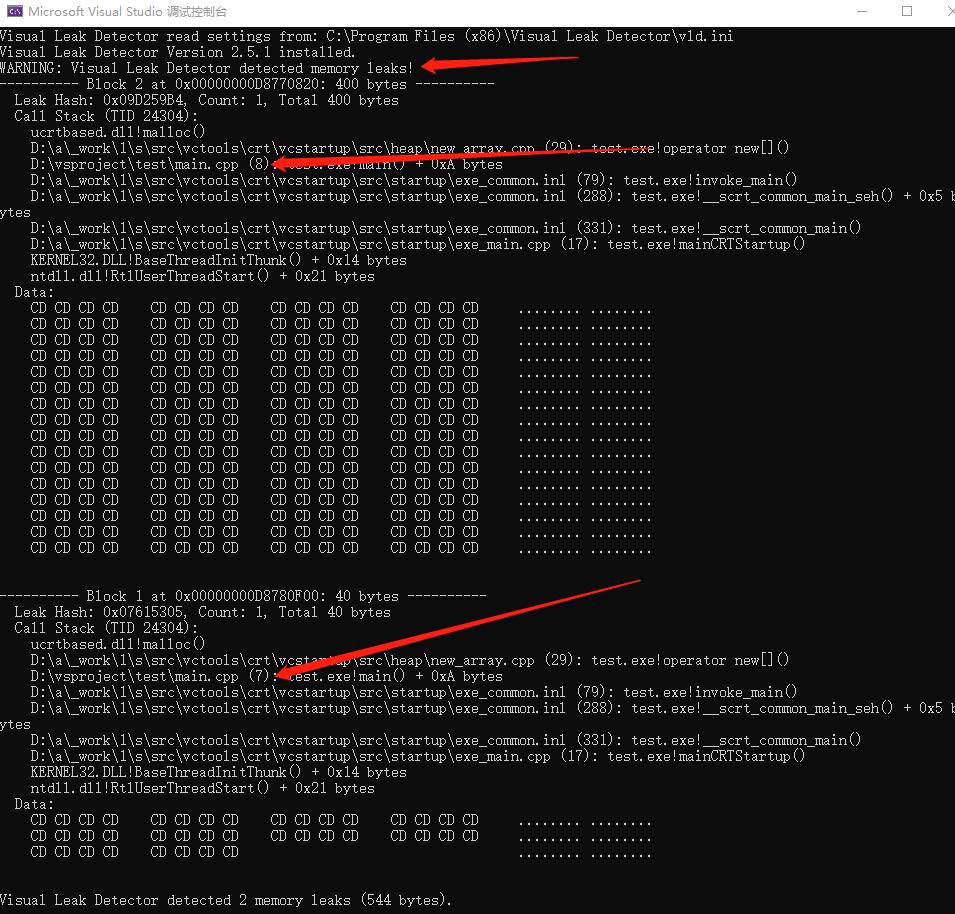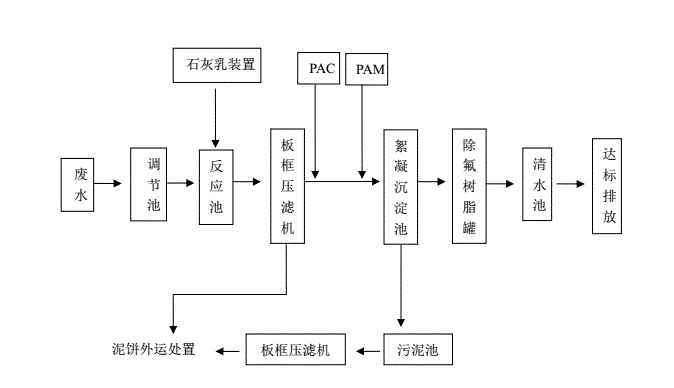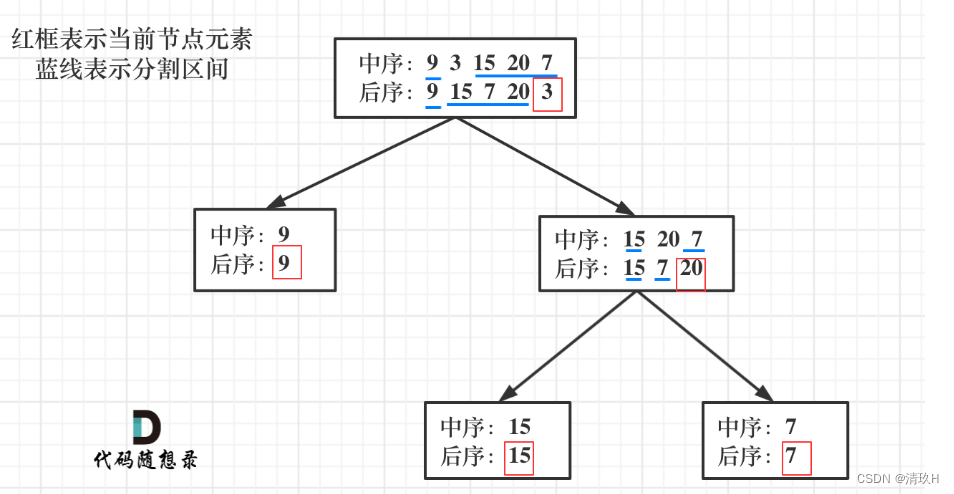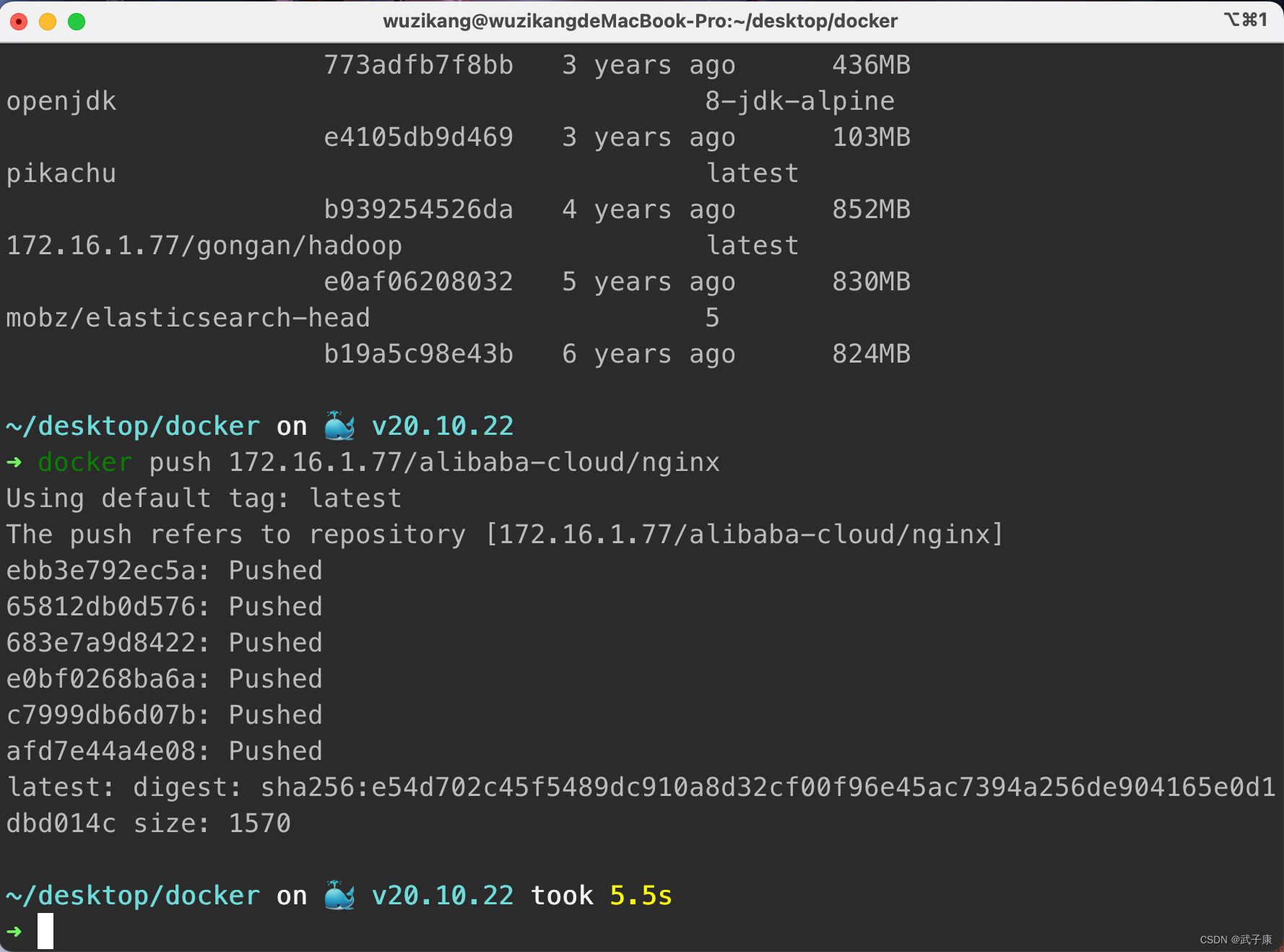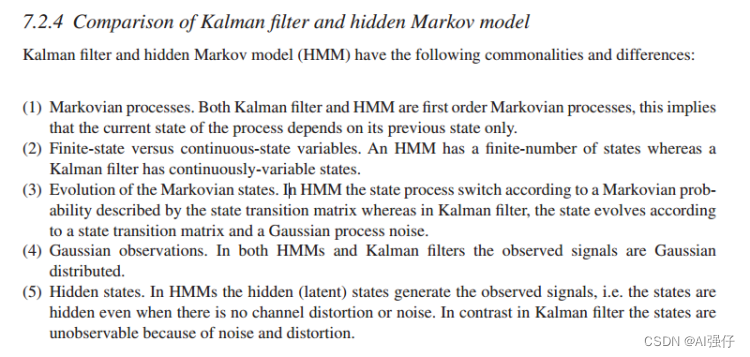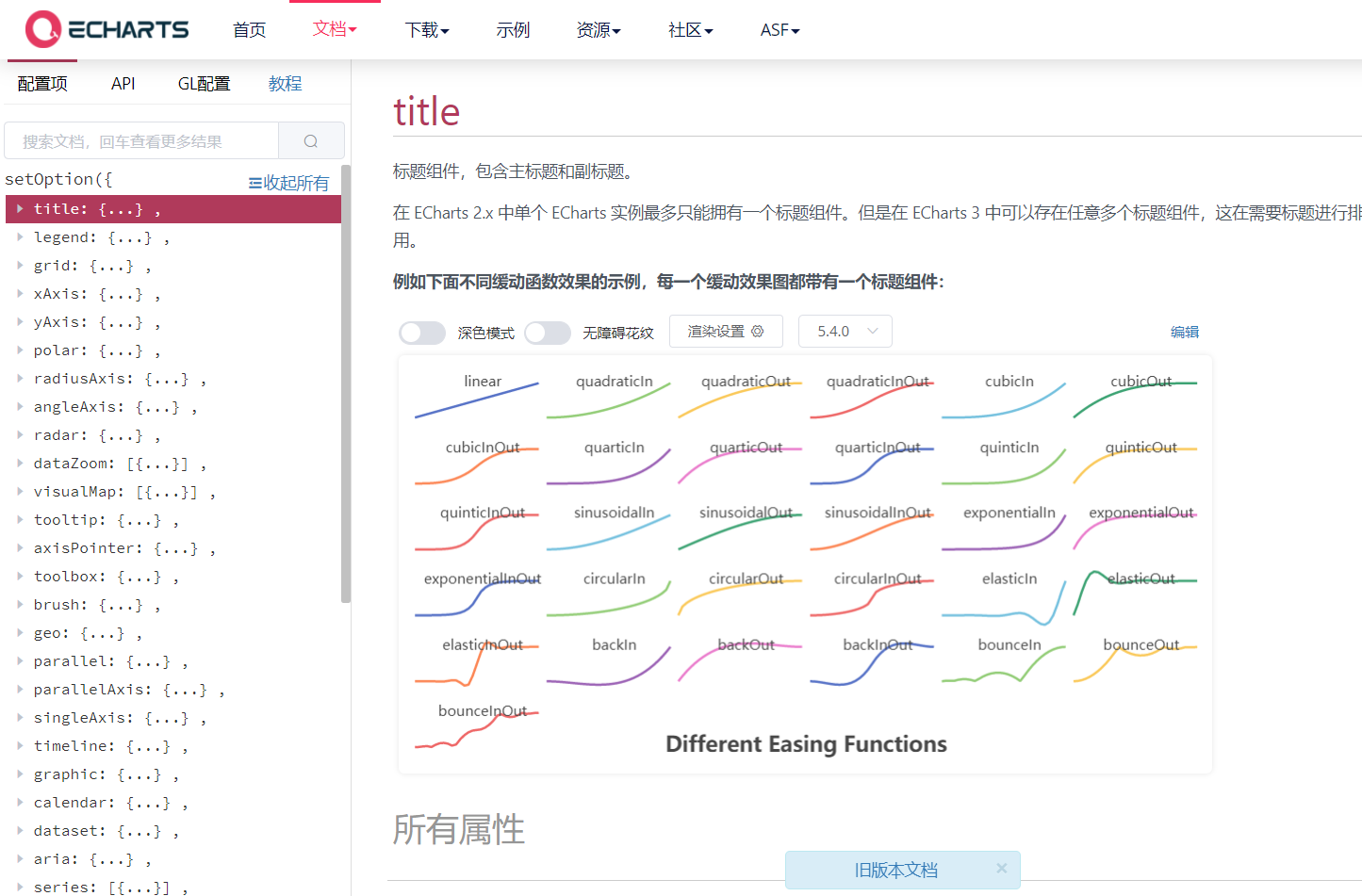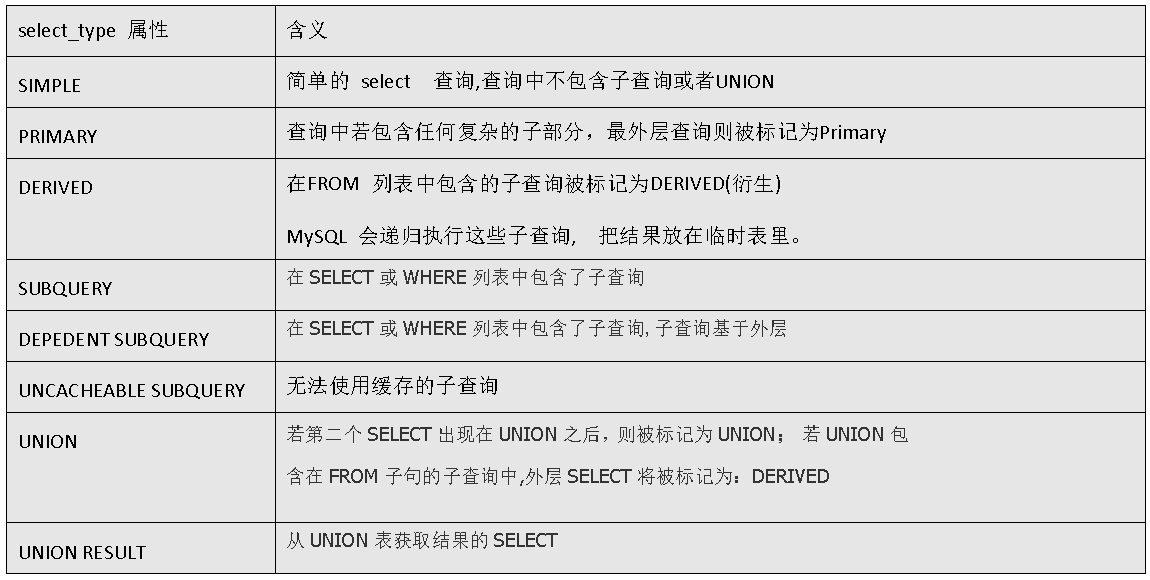主页:114514的代码大冒险
qq:2188956112(欢迎小伙伴呀hi✿(。◕ᴗ◕。)✿ )
Gitee:庄嘉豪 (zhuang-jiahaoxxx) - Gitee.com
目录
共八种链表:
前言
一、结构简图与分析
二、链表操作详解(附代码实现)
1. 准备工作 2. 链表节点代码结构
3.尾插(在链表末端添加数据)4.链表的打印与初始化
5.头插(在链表首端添加数据)6.产生新节点
7.尾删(在链表末端删除数据)8.头删(在链表首部删除数据)
9.寻找指定节点 10.在指定位置前插入
11.删除指定位置的数据 12.删除整个链表(释放动态内存)
三.总代码:
总结
共八种链表:

前言
经过上文的学习,我们了解了单链表的构造,同时实现了部分的算法操作
我们可以从中体会到单链表增查删改的复杂与麻烦,正因如此,单链表在项目中才很少被独立使用
更多的是作为其他数据结构的一部分出现,
而本文将将介绍一种结构单链表复杂的链表————带头双向循环链表(取自c++的STL库)
一、结构简图与分析
结构简图:

单链表时,我们使用了一个指针“phead”指向存储数据的首节点的地址,而带头双向循环链表
则直接存储数据的首节点处增加了一个与节点结构相同但不存储数据的头结点“head”
也被称为哨兵位
该链表最明显的一个特征就是 单个节点均存储两个指针,分别指向前一个节点与后一个节点
而且此结构下的链表尾节点指向头结点,头结点也会有一个指针指向尾,如此则实现
双向 循环
二、链表操作详解(附代码实现)
1. 准备工作
首先,依旧按照标准工程的标准,建立三个文件如下图所示:
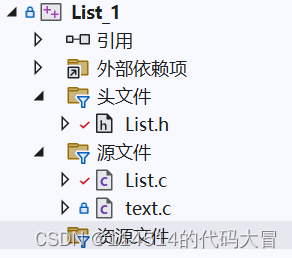
“List.h”存放函数声明与头文件
“List.c”进行各种接口的实现
“test.c”进行接口功能的检测
2. 链表节点代码结构
typedef int LTDateType;
typedef struct ListNode
{
LTDateType data;
struct ListNode* next;
struct ListNode* prev;
}ListNode;“data”存储数据
“next”指向下一节点
“prev”指向上一节点
3.尾插(在链表末端添加数据)
思路:

尾节点的next指向新节点
新节点的prev指向尾节点
新节点的next指向head
head的prev指向新节点
void ListPushBack(ListNode* phead, LTDateType x)
{
assert(phead);
ListNode* tail = phead->prev;
ListNode* newnode = BuyListNode(x);
tail->next = newnode;
newnode->prev = tail;
newnode->next = phead;
phead->prev = newnode;
}4.链表的打印与初始化
初始化:
ListNode* ListInit()
{
ListNode* phead = (ListNode*)malloc(sizeof(ListNode));
phead->next = phead;
phead->prev = phead;
return phead;
}打印:
void ListPrint(ListNode* phead)
{
assert(phead);
ListNode* cur = phead->next;
while (cur != phead)
{
printf("%d ", cur->data);
cur = cur->next;
}
printf("\n");
}5.头插(在链表首端添加数据)
思路:

head的next指向newnode
newnode的prev指向head
nenode的next指向d1
d1的prev指向newnode
代码:
void ListPushFront(ListNode* phead, LTDateType x)
{
assert(phead);
ListNode* newnode = BuyListNode(x);
ListNode* next = phead->next;
phead->next = newnode;
newnode->prev = phead;
newnode->next = next;
next->prev = newnode;
}6.产生新节点
鉴于所以插入数据的操作都需要进行新节点的生成
于是,我们将新节点单独封装
代码:
ListNode* BuyListNode(LTDateType x)
{
ListNode* newnode = (ListNode*)malloc(sizeof(ListNode));
newnode->data = x;
newnode->next = NULL;
newnode->prev = NULL;
return newnode;
}在这个函数基础上,
我们可以选择对头插尾插进行改进:
void ListPushBack(ListNode* phead, LTDateType x)
{
assert(phead);
ListInsert(phead, x);
}void ListPopBack(ListNode* phead)
{
assert(phead);
assert(phead->next != phead);
}7.尾删(在链表末端删除数据)
思路:

这里的大致思路可以参照上文进行模仿,不是很难的操作
但是这里要强调的是链表为空的情况:

next与prev均指向头结点自身
这个时候,我们就不允许进行删除操作了,所以要对这种情况进行相应的处理
与单链表时一致,我们可以选择使用assert进行经过,也可以是if语句限制删除操作
下图代码使用的是前者
代码:
void ListPopBack(ListNode* phead)
{
assert(phead);
assert(phead->next != phead);
ListNode* tail = phead->prev;
ListNode* tailPrev = tail->prev;
free(tail);
tailPrev->next = phead;
phead->prev = tailPrev;
}8.头删(在链表首部删除数据)

依然,这里还是要考虑链表为空的情况,与尾删同理
下图为变量表示的

这里要注意的是next不要过早释放内存
以防非法访问,一定要确保已经不需要next提供相关指针信息后,再释放next
另外指针置为NULL,在这里是没有意义的,不需要进行此类操作
代码:
void ListPopFront(ListNode* phead, LTDateType x)
{
assert(phead);
assert(phead->next != phead);
ListNode* next = phead->next;
ListNode* nextNext = next->next;
phead->next = nextNext;
nextNext->prev = phead;
free(next);
}9.寻找指定节点
代码:
ListNode* ListFind(ListNode* phead, LTDateType x)
{
assert(phead);
ListNode* cur = phead->next;
while (cur != phead)
{
if (cur != phead)
{
return cur;
}
cur = cur->next;
}
return NULL;
}这里强调一下:
cur = cur->next进行推进,然后直到cur == phead(头节点时)
代表着链表的最后一个节点也已经被访问
于是停止循环
10.在指定位置前插入
思路:

代码:
void ListInsert(ListNode* pos, LTDateType x)
{
assert(pos);
ListNode* posPrev = pos->prev;
ListNode* newnode = BuyListNode(x);
posPrev->next = newnode;
newnode->prev = posPrev;
newnode->next = pos;
pos->prev = newnode;
}于是,利用这个函数,可以对头插尾插再次改造
相关改造我会放在文末的总代码区,朋友们可以先自行思考
11.删除指定位置的数据
代码:
void ListErase(ListNode* pos)
{
aasert(pos);
ListNode* prev = pos->prev;
ListNode* next = pos->next;
prev->next = next;
next->prev = prev;
free(pos);
}12.删除整个链表(释放动态内存)
思路:
先利用头结点对整个链表的内容注意释放(释放节点时,记得要保留下一节点的位置)
然后删除释放头结点
代码:
void ListDestory(ListNode* phead)
{
assert(phead);
ListNode* cur = phead->next;
while (cur != phead)
{
ListNode* next = cur->next;
free(cur);
cur = next;
}
free(phead);
}头结点指针的置空需要使用者自行操作
三.总代码
List.h:
#pragma once
#include <stdio.h>
#include <stdlib.h>
#include <assert.h>
typedef int LTDateType;
typedef struct ListNode
{
LTDateType data;
struct ListNode* next;
struct ListNode* prev;
}ListNode;
ListNode* ListInit();
void ListPrint(ListNode* phead);
void ListPushBack(ListNode* phead, LTDateType x);
ListNode* BuyListNode(LTDateType x);
void ListPopFront(ListNode* phead, LTDateType x);
void ListPopBack(ListNode* phead);
void ListPushFront(ListNode* phead, LTDateType x);
ListNode* ListFind(ListNode* phead, LTDateType x);
void ListInsert(ListNode* pos, LTDateType x);
void ListErase(ListNode* pos);
void ListDestory(ListNode* phead);List.c:
#include "List.h"
ListNode* ListInit()
{
ListNode* phead = (ListNode*)malloc(sizeof(ListNode));
phead->next = phead;
phead->prev = phead;
return phead;
}
//void ListPushBack(ListNode* phead, LTDateType x)
//{
// assert(phead);
//
// ListNode* tail = phead->prev;
// ListNode* newnode = BuyListNode(x);
//
//
// tail->next = newnode;
// newnode->prev = tail;
//
// newnode->next = phead;
// phead->prev = newnode;
//}
void ListPushBack(ListNode* phead, LTDateType x)
{
assert(phead);
ListInsert(phead, x);
}
ListNode* BuyListNode(LTDateType x)
{
ListNode* newnode = (ListNode*)malloc(sizeof(ListNode));
newnode->data = x;
newnode->next = NULL;
newnode->prev = NULL;
return newnode;
}
void ListPrint(ListNode* phead)
{
assert(phead);
ListNode* cur = phead->next;
while (cur != phead)
{
printf("%d ", cur->data);
cur = cur->next;
}
printf("\n");
}
//void ListPopBack(ListNode* phead)
//{
// assert(phead);
//
// assert(phead->next != phead);
//
// ListNode* tail = phead->prev;
// ListNode* tailPrev = tail->prev;
// free(tail);
//
// tailPrev->next = phead;
// phead->prev = tailPrev;
//}
void ListPopBack(ListNode* phead)
{
assert(phead);
assert(phead->next != phead);
}
//void ListPopFront(ListNode* phead, LTDateType x)
//{
// assert(phead);
//
// assert(phead->next != phead);
//
// ListNode* next = phead->next;
// ListNode* nextNext = next->next;
//
// phead->next = nextNext;
// nextNext->prev = phead;
// free(phead);
//
//}
void ListPopFront(ListNode* phead, LTDateType x)
{
assert(phead);
assert(phead->next != phead);
ListErase(phead->next);
}
//void ListPushFront(ListNode* phead, LTDateType x)
//{
// assert(phead);
// ListNode* newnode = BuyListNode(x);
//
// ListNode* next = phead->next;
//
// phead->next = newnode;
// newnode->prev = phead;
//
// newnode->next = next;
// next->prev = newnode;
//}
void ListPushFront(ListNode* phead, LTDateType x)
{
assert(phead);
ListInsert(phead->next, x);
}
ListNode* ListFind(ListNode* phead, LTDateType x)
{
assert(phead);
ListNode* cur = phead->next;
while (cur != phead)
{
if (cur != phead)
{
return cur;
}
cur = cur->next;
}
return NULL;
}
void ListInsert(ListNode* pos, LTDateType x)
{
assert(pos);
ListNode* posPrev = pos->prev;
ListNode* newnode = BuyListNode(x);
posPrev->next = newnode;
newnode->prev = posPrev;
newnode->next = pos;
pos->prev = newnode;
}
void ListErase(ListNode* pos)
{
aasert(pos);
ListNode* prev = pos->prev;
ListNode* next = pos->next;
prev->next = next;
next->prev = prev;
free(pos);
}
void ListDestory(ListNode* phead)
{
assert(phead);
ListNode* cur = phead->next;
while (cur != phead)
{
ListNode* next = cur->next;
free(cur);
cur = next;
}
free(phead);
}
//使用完要进行置空;test.c:
读者可自行进行函数调用与修改
总结
以上就是今天的全部内容了,双向带头循环结构是链表中最复杂的,同时也是最容易操作的
正因如此,也是最实用的链表结构
这就是数据结构的第一步,之后我们将进行的是;
栈和队列的学习
我们下期再见
